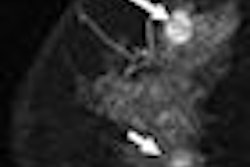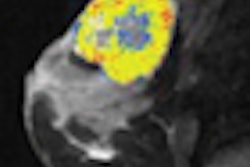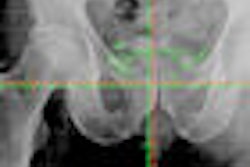Dear Radiation Oncology Insider,
One of my favorite courses in business school was a simulation game that put students in charge of manufacturing and distribution at a midsized corporation. Every day both predictable and unpredictable conditions would be introduced to emulate real business situations.
My team and I would analyze, evaluate, react, and wait anxiously to see what would happen to the financial health of our "company" the next day. Over the course of nine weeks we made pretty good decisions, relying on what we did know about cause and effect. Still, what affected our company's operations the most was what we didn't know.
It reminds me of this issue's Insider Exclusive about a software program aimed at improving quality control in radiation oncology procedures.
As one might expect, the software is designed to track errors that might occur in the daily operations of a radiation oncology department. But it's also programmed to record the "near misses" that may not have produced errors this time, but could create problems next time.
The software was the subject of a presentation this week at the annual meeting of the American Association of Physicists in Medicine (AAPM) -- click here to read more.
In other Radiation Oncology Digital Community news, breast MRI is making headlines again. A joint study conducted by the Yale School of Medicine and the University of Iceland about the decisions made by a group of women who had preoperative breast MRIs and a control group produced some interesting and, from my perspective as a woman, controversial findings. Click here to decide if you concur.
Meanwhile, women who receive accelerated partial-breast irradiation benefit from its rapid course of treatment -- less than a week -- versus the conventional six or seven weeks of radiation therapy. But what if hidden cancers linger? Click here to read staff writer Kate Madden Yee's article on the topic.
Another study claims that PET/CT could save approximately $150 million annually in the U.S. when used to identify patients who will benefit the most from a bone marrow transplant. Learn more from staff writer Wayne Forrest's report.
The new studies coming out make for plenty of light summer reading. We hope you're enjoying the summer months that are flying by so rapidly.



















